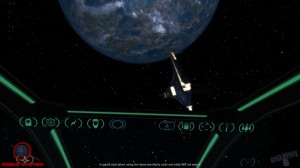
A little while back, a gentleman named Michael Juliano posted on our forums talking about a new game he was making called Rogue System, which aimed to be a more serious, hard core sim rather than the more arcade-like entries in the genre (not that there’s anything wrong with having arcade-like games of course, but there’s plenty of room for both). ;) The more I learned about the game, the more I WANTED to learn, so I reached out to to Michael and asked if he could do an Q&A. Below are the results, which make me want to play the game NOOOOOOW! ;) Please enjoy the full Q&A with Michael Juliano below. :)
Brian Rubin: Thank you for taking the time to answer my questions. :) Now, you have an extensive biography: 8 years in the USAF, then helping to develop three Close Combat games, rFactor and so on. Then, in 2010 — after teaching yourself C++ — you began working on Rogue System. With all that experience in other genres behind you, might I ask what prompted you to tackle the venerable space combat sim?
Michael Juliano: Well, I’ve always been a HUGE flight and space-sim fanatic. They’re my favorite genres. Rogue System really comes from that passion for “simming,” and from something that always bugged me about the space-combat genre. Although I really enjoyed those early games I always felt somewhat detached from the action.
It’s probably my love for “hardcore” flight-sims that caused this—I never really felt in control of the ship I was flying other than at a rudimentary level. I couldn’t get in to the nitty-gritty of system management. There was no worrying about weapon loadout or stores levels in most cases. You just started the mission, flew into battle, laid on the trigger until you or everyone else was “dead” and then headed back to base. Hell, I couldn’t even take off nor land. Even in the mid to late 90s when we had rather robust flight sims such as the Janes and DID series no one seemed to dare apply the same “hardcore” approach to space combat games.
But the disconnection went further. What really bugged me was that, even with voice over and such, I never really got the impression that there was a pilot risking their virtual life. At least in flight sims the pilots suffered tunnel vision and black/red outs, etc, and in some cases could even be wounded.
So, way back when I was 19, I decided that someday I’d make a space combat SIMULATOR that retained the best of the early space combat games (the storylines, the intense action, trading, exploring) while merging those with the fidelity of the hardcore flight sims. In 2008 I turned 39 and realized I wasn’t getting any younger—if I was going to do it I needed to start. I already had 10 years of game developer experience behind me. I knew how game production teams were run, how to manage people and schedules, and how to create 3D art. The only thing missing was the programming knowledge, which I took two years to learn.
That I worked on so many other genres was solely because I was still making other peoples’ games and sims, and not my own. It was necessary as I learned the trade and supported my family. Don’t get me wrong, I love my work and am pretty proud of most of the things I’ve worked on. But it was definitely time to “go for it.”
Brian: Now, it looks like initially the game will be a single-player only dynamic military campaign, which really excites me, as we could use more space sims with dynamic campaigns. How did you choose a dynamic over a scripted campaign, and how will the campaign work, exactly?
Michael: While we (it’s funny, as soon as DCI became an entity I began saying “we” rather than “I” — already in team-mode) have modules planned to add multiplayer, trading and exploration, and first-person shooter style combat, yes, the initial “core” module of RogSys will be a single-player, story-driven dynamic campaign. And really, it’s more of a hybrid. There are key missions that help to progress the global story—these are scripted missions. The mission you fly will be determined by the overall performance during the previous “week”. It’s these missions that occur during the week that are dynamic.
There are a lot of reasons to go this route. One, since this is single player initially you really want to pull the player into the sim’s world. The best way to do this is with a story, and with subplots built around your fellow pilots. Besides, we’re putting so much time into portraying the player’s pilot “avatar” as a living entity it wouldn’t make sense to not have them interact with others. The dynamic elements of the campaign, and the branching scripted portions are to allow replay-ability until we have time to add new missions, get the Extension Modules out, etc.
When the campaign is over you can start a new character and fly the campaign again (the dynamic missions mean you’ll never get the exact same experience); or, you can continue to fly dynamic missions as long as you like.
Brian: I read in another interview you’ll be able to take one of two paths during the campaign, either a fighter pilot or a strike pilot. How does this choice affect the missions and ships you’ll fly throughout the campaign?
Michael: That’s correct. Early in the campaign, due to dire circumstance, the small colony patrol for whom the player flies for is forced to create a strike squadron. The player will be asked if they’d like to volunteer for it, or remain an interceptor pilot. While both squadrons will fly together during missions in order to achieve a unified goal, their tasks will be quite different. If you think about how a mission, in say, Falcon 4.0, is constructed out of several different flights and elements you’ll have a good idea of what to expect. This choice also has certain consequences for the campaign’s storyline.
Brian: Does the campaign have any kind of role-playing element, such as skills or ranks, that follow the character?
Michael: Your character can go up in rank, which has certain benefits. For example, in-game your pilot avatar will receive a weekly paycheck. These funds can be used at the OSX (that’s Orbital Station Exchange) to purchase items for your pilot. I think I’m going to stop there though as there’s a lot here I don’t want to reveal yet. I will say that we feel a ship’s pilot is probably the most important ship “system” of them all, and we’re modeling them with just as much detail. If you can make other systems work more efficiently then it stands to reason the pilot would be no different.
Brian: One of the follow-up modules to your initial military campaign release will be an open-ended universe. How will that integrate into the player’s attributes, actions and so on that they’ve built up during the military campaign? For example, will your character have a reputation once they retire from the military, or will they be able to re-enlist?
Michael: This is correct—we call this one the “Maverick Module.” When this is added your character will be given the choice to remain in military service, or “retire.” If you retire you will be given enough severance to purchase a ship and outfit it, and have enough left over for various items. Plus, you’ll get to keep whatever items you purchased with your pilot’s pay. From time to time, when we or the community release a new campaign, you’ll be asked if you want to come out of retirement to run through that campaign, but only if your allegiance hasn’t shifted (once more assets are built then we can offer campaigns for either side).
Every character, be they human or NPC, has a fondness, or lack of, for various groups. Everything each character does alters the allegiance to these groups, and thus how other characters may interact with them. Major characters have their own reputation as well. So yes, everything you do, both during the campaign, as well as later when you’re out on your own, will alter how others perceive you. The basis for all this is already working—it just needs refinement.
Finally, don’t forget that the war, even if you retire, may still be raging on. Getting caught up in a dynamically created battlezone could put you back in the thick of things even if you didn’t want to be. The choice to run or fight, and who to fight for, will be yours…
We have another module planned for those who decide to remain in the military so their higher rank will give them command of larger vessels and the assets assigned to them…
Brian: It looks like you’re going for a higher-than-usual level of fidelity for your spacecraft and your flight modeling. What can you tell us about the fidelity of your flight model, such as scalability for beginners to more experienced pilots, realistic physics and so on?
Michael: The flight model is certainly Newtonian-based. Ships have to be designed properly so that thrust forces don’t cause an imbalance while maneuvering. We do have systems to help provide a more atmospheric feel, mainly during combat. MOST, but not all, weapon’s systems have limitations for proper performance, so this is important. Also, don’t forget that the pilot can only tolerate so much. Going in a straight line at incredible speeds is one thing; but combat maneuvering is entirely different. In some cases though, such as during manual take-offs and landings, you MUST use Newtonian flight.
Finally, each of these systems, such as the Friction Induction System, has a consequence for their use. The FIS, for example, increases hull temperature when used, thus making you easier for radiation-based trackers to pick out against the background clutter. Engaging it while going too fast can have catastrophic results.
All systems are, in one way or another, interdependent. They all rely on each other for the ship to function properly as a whole. Even a system with slight damage can have repercussions further down the line. As an example, a damaged sensor system may not allow the communication array to lock onto a distance target, which means your comm range would be reduced even though there is nothing wrong with the comm system itself.
As for newcomers, we have a series of options planned (some already implemented) to help ease them into the sim. But we’re not actually altering the simulation, just its accessibility. Likewise, your ship’s computer is available to assist with many functions as long as it’s not damaged.
One other thing we do is present the ship’s controls in a graphical manner so that the outputs make more sense visually. An example is starting the main engines—one of the things to get a successful start is proper coolant pressure; but instead of needing to know a precise PSI value we simply alter the color of the gauge to let you know it’s in the proper range. This is just as technical, but a bit easier to grasp. This is actually very helpful while in combat—you can get a clearer idea of the ship’s condition faster.
Finally, there will be a training “simulator” to make use of to help you get the hang of things without sacrificing your pilot.
Make no mistake though, we’re not altering the simulation to make it more “arcadey.” We’re not going to try to pretend to be a glitzy twitch game to appeal to a larger audience. We are what we are…
Brian: Now since the game is single-player only, how are you going about crafting an AI that gives enough challenge to the player without either making it a cake-walk or, on the other side of the coin, too frustrating?
Michael: First, it’s important to note that the AI has to fly the ship just as the player does—with flight control inputs. Each AI pilot’s experience level, as well as various mental and physical states, dictates how well they can make the control inputs to perform various maneuvers. How I’m doing this is something I’d rather keep in-house for now. The goal though is to create a realistic AI in that you never really know who you’re coming up against.
This is something real combat pilots face every time they encounter an enemy. Some missions may be a cake-walk while others are evenly balanced, and others still are incredibly desperate. Remember, failing a mission does not stop the campaign — it was just a bad day. Part of being a great pilot is to know when you’re outclassed so you can get your ship and yourself out of danger. If you don’t complete the objective then so be it. At least you live to fly again tomorrow…
Brian: Given the more serious nature of this sim (interactive cockpits, dynamic campaigns, etc), what can you tell us about the interface and HUD in the flight portion of the game? I ask because I feel a lot of games miss the boat on this, and as players we therefore lack the situational awareness needed to make a difference in the missions.
Michael: Well, as I mentioned, one of the big things we do with the EFD interface (that’s Eye’s Front Display) is present ship data in a more streamlined visual manner. We use icons rather than text (although we do have an option for pop-up text help when you mouse-over a button). We use color-coded “fill” gauges rather than needles and numbers to represent levels and status. “Switches” change color to let you know when they are available to be interfaced with, when the system is damaged, etc (the color scheme is user-definable, by the way). This makes it MUCH easier to gather the data you need more quickly. Now, there will be back-up controls that are more traditional in case the EFD system is knocked out, but those aren’t normally needed unless things are going REALLY wrong.
Now, does all this mean the data is any less reliable or accurate? Not at all. It just makes it easier to comprehend at a glance.
The other big help with situational awareness is your SOI (Ship’s Onboard Intelligence). It is always monitoring systems and will let you know if it “sees” something you may have missed. Other times you will catch something before it does. It is restricted to the information at hand, so it’s not an all-seeing-eye. If it is malfunctioning due to damage, you are completely on your own to fly the ship.
Brian: What can you tell us about the engine being used to power all of this fantastic-sounding gameplay, in terms of objects-on-screen, system requirements, object detail and so on?
Michael: The engine is Nuclear Fusion. It has been in development since at least 2005, if I’m not mistaken, and is actively worked on still. It is a very efficient, multi-core engine that offers everything we need for Rogue System, such as rigged animations, shader support up to DX-11, a robust object command set, etc. However, it IS more of a backbone engine rather than a full-featured game engine. As an example, I had to write the particle system we use as NF does not come with one built in.
I actually prefer this as I can add the features we NEED and the engine is not bogged down by a bunch of stuff we’ll never use. We definitely have the engine power to do what I want for Rogue System based on my tests while prototyping.
As for system specs, my goal for RogSys is smooth frame rates on the typical gaming rig. I want it to look great and run well, but I certainly don’t believe in the trend that you have to have $4000 monster rigs for it to do so. Besides, RogSys is completely customizable, from ships, ship systems and trade goods right down to the shader level. So if there’s a modder out there in the community who was so inclined, they could replace our shaders and art, or add their own, to tailor RogSys to the monster rigs of tomorrow…
Brian: Finally, what’s the one thing you’re most excited about when it comes to the creation of Rogue System?
Michael: Wow! Tough question to answer. There are so many little things that really get me jazzed about Rogue System from a simmer’s, as well as a game developer’s, point of view. I think I could group them all up into this though:
On a global scale Rogue System shares many of the same features (either initially or once added later) as the two “big boy” space combat games recently announced from Roberts and Braben. This really comes as no surprise to me. I mean, breaching actions with FPS combat, multiplayer, a streamlined campaign as a foundation to build the rest of the simulation—all these things just make sense. So, what’s really exciting to me is coming up with and implementing all these details and unique gameplay ideas, many of which have come from the world of flight sims, as well as my own experience on a military flight line, to create this very unique “hardcore” take on the genre to put us in our own little niche. I’m very proud that Rogue System has been referred to as ‘DCS in space’ on more than one occasion. This means that we’re achieving what I originally set out to do.
I have to say that something else I find exciting (mind-blowing really if I think about it) is the idea that, with enough support, I can actually DO this. I can get a team behind me to take my prototype and build the space-sim I’ve always wanted; and even better is that I’ll be able to share that with others. It leaves me speechless really…
Brian: Thanks for your time!!
Michael: No, thank you. I’m honored you took an interest in Rogue System and gave me the opportunity to present it to your readers.
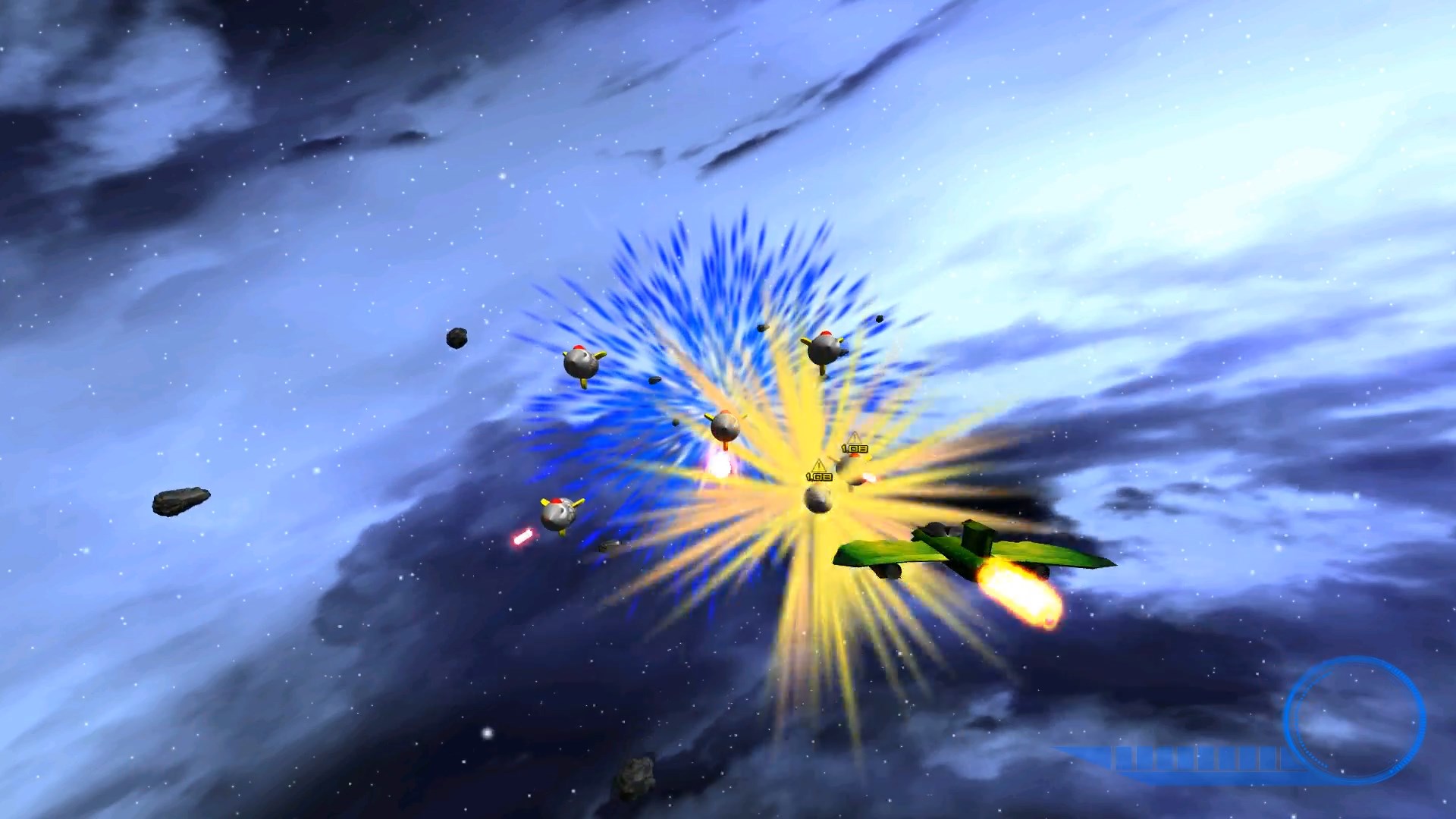
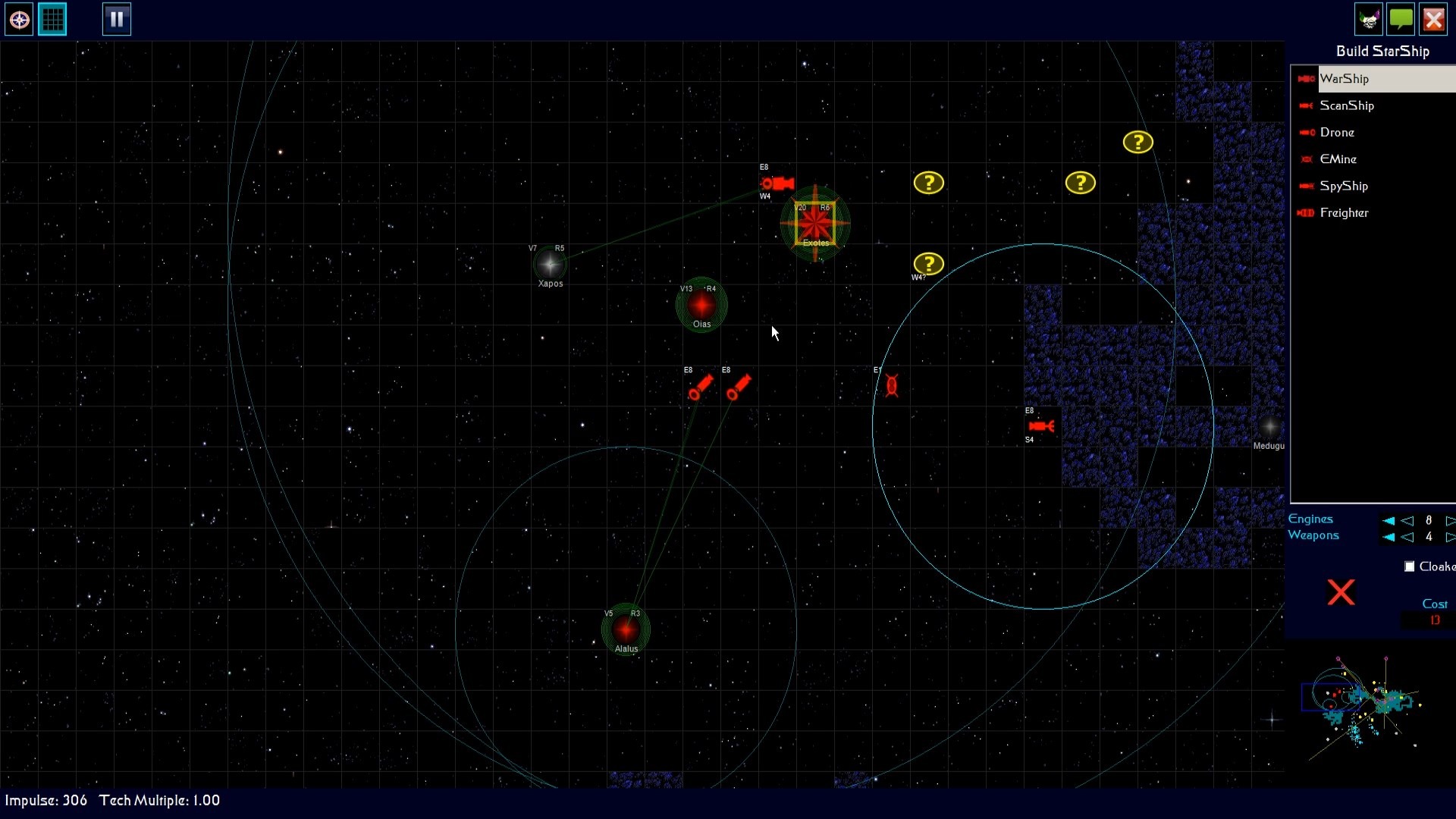
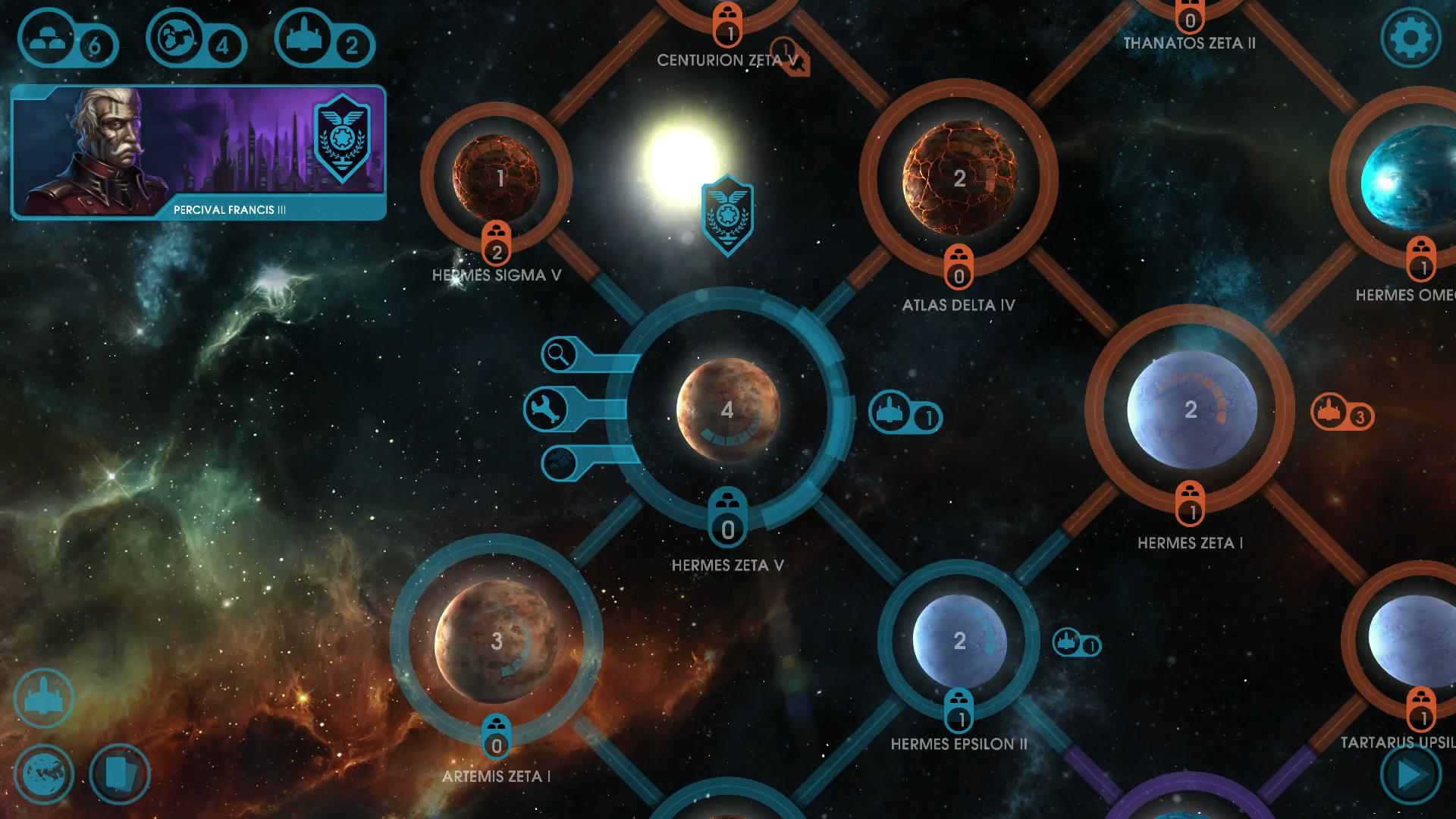
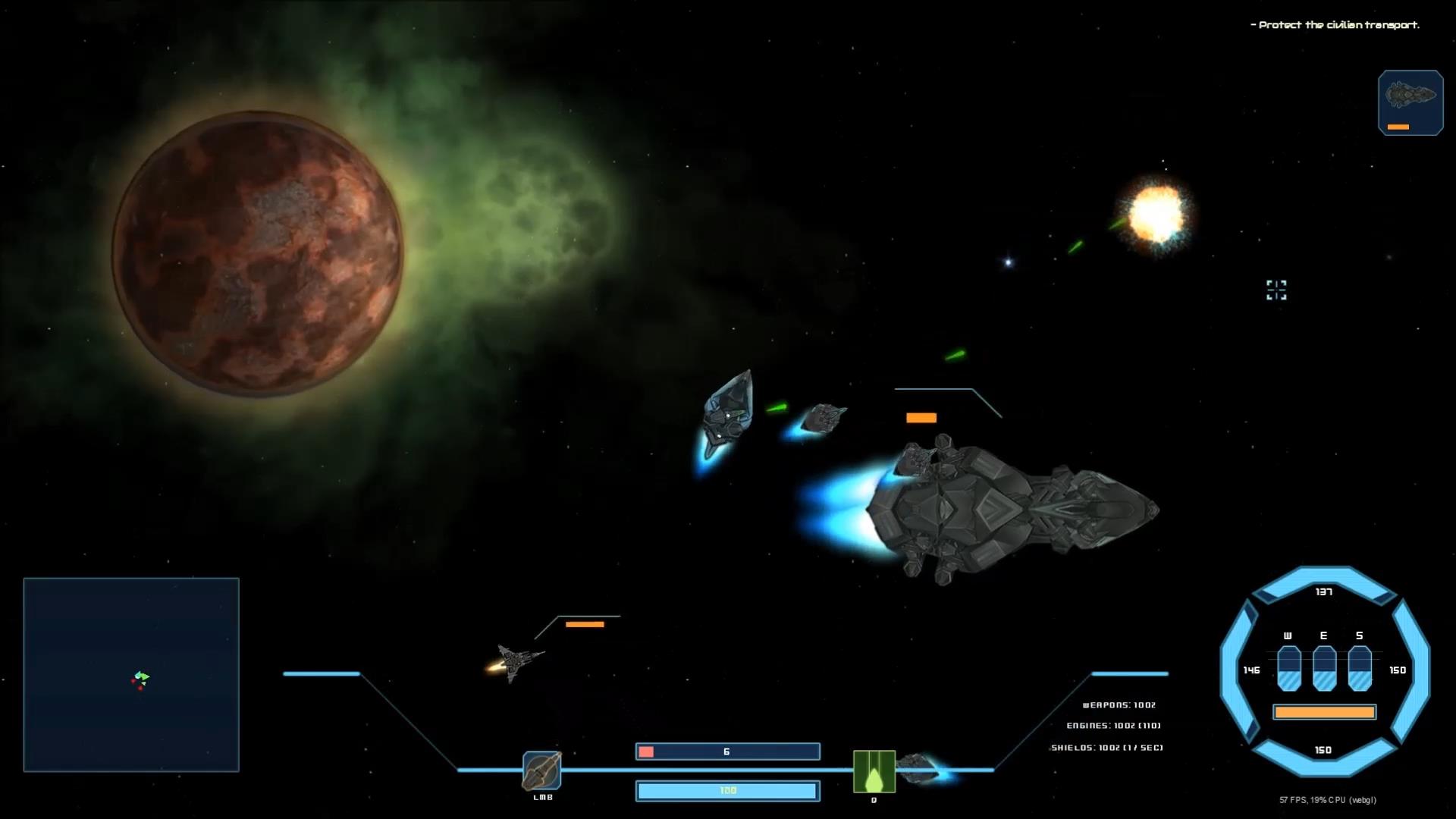
Brilliant!
What, the game, the interview or all of it? Please be all of it. ;)